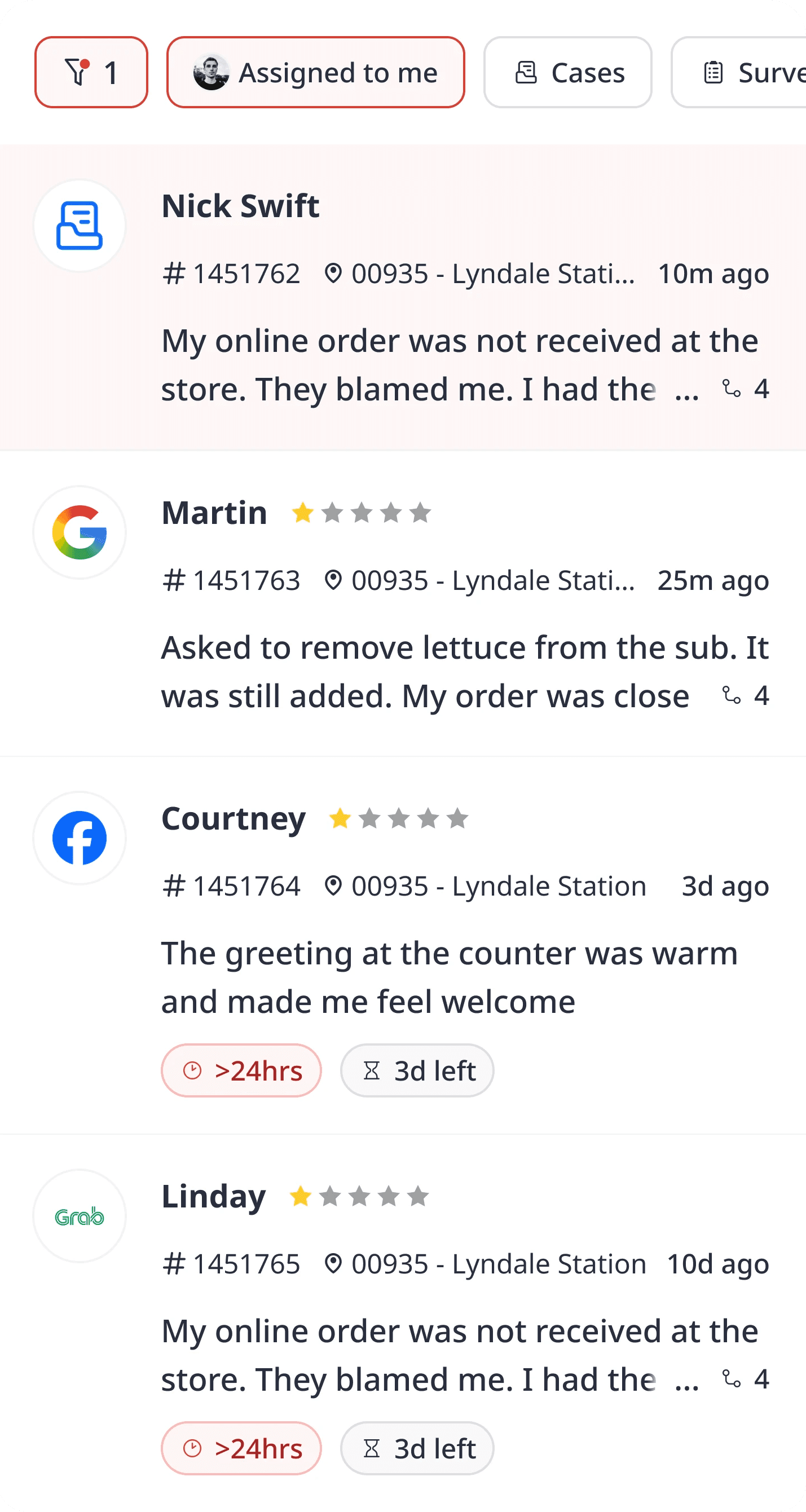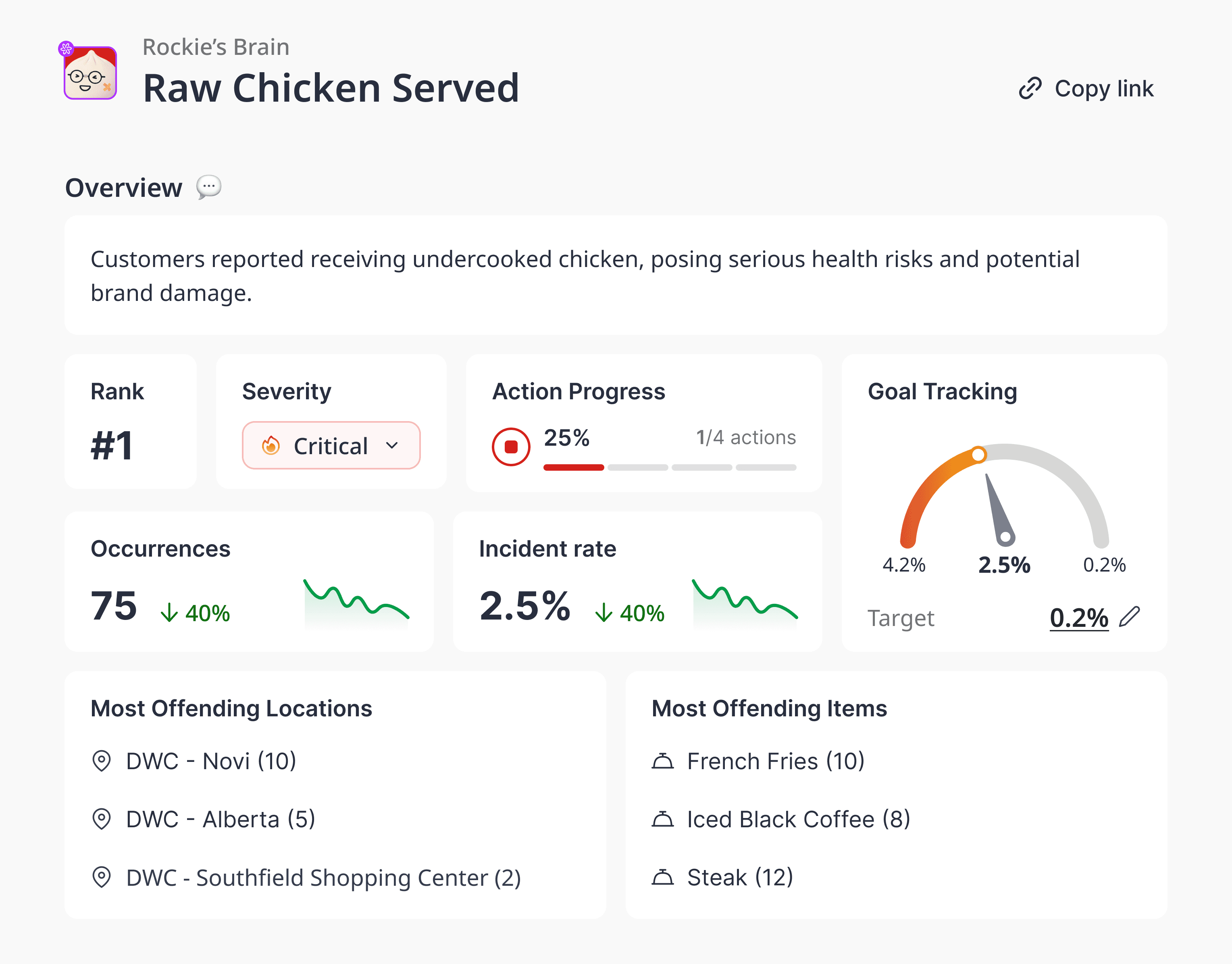
Jul 29, 2025
Amanda Jacob
Generative AI in Asia: From Game Design to Scientific Discovery
Contents
In the global race to harness generative AI, Asia isn’t just participating—it’s innovating on its terms.
Across industries, from Japanese video game studios to Indian biotech labs, generative AI is not a hypothetical. It’s real, practical, and already powering breakthroughs in how we create, simulate, and solve.
This article explores real-world use cases of generative AI across Asia and why the region’s approach might shape the future of this technology differently from the West.
Beyond the Hype: Real Use Cases Emerging Across Asia
While much of the global conversation around generative AI still orbits chatbots and text generation, Asia is pushing boundaries across verticals. Here are some of the most notable shifts happening now:
🎮 Game Design & Virtual Worlds (Japan, South Korea)
Studios in Japan and South Korea are leveraging generative AI to create environments, NPC dialogue, and textures in record time.
Square Enix has publicly committed to “aggressively push” generative AI into its workflows.
South Korean companies like NCSoft and Nexon are deploying AI to cut development cycles and generate infinite variation in character animation and storylines.
Why it matters: Generative AI is not just saving time—it’s expanding the creative canvas for Asia’s gaming giants.
🧬 Scientific Research & Drug Discovery (India, Singapore)
In India, generative AI is being used by startups like Qure.ai and Insilico Medicine to simulate drug compounds and predict protein folding structures.
Singapore’s A*STAR research agency is experimenting with AI-generated molecules that can fast-track drug discovery, cutting development time from years to months.
Why it matters: Asia is using generative AI to tackle local health issues—like dengue fever or tuberculosis—not just global ones.
🎥 Film, Animation & Digital Content (China, Southeast Asia)
In China, companies like Tencent, ByteDance, and Baidu have launched their own generative AI engines that rival Western models like GPT-4 and DALL·E.
Tencent Cloud now offers “virtual influencer” services powered by generative video and speech synthesis.
Thailand’s animation studios are adopting AI to generate background art, dubbing scripts, and 3D renders for global streaming markets.
Why it matters: Generative AI is enabling regional creators to produce global-quality content—faster and cheaper.
Why Generative AI Is Thriving in Asia
Several factors make Asia a fertile ground for generative AI:
Abundance of localized data: Especially in sectors like healthcare, retail, and entertainment.
Mobile-first consumer markets: Huge demand for personalized content and apps.
Government support: R&D incentives and cloud infrastructure investments (see Singapore’s AI Verify initiative).
Startup scale: From Bangalore to Ho Chi Minh City, lean teams are building verticalized gen AI models tailored for regional markets.
Challenges That Still Exist
Language diversity: Asia’s linguistic complexity makes training LLMs difficult without massive multilingual corpora.
Data governance: Laws around content, privacy, and ethics are still evolving. China, for example, mandates that gen AI models must “reflect socialist values” (SCMP).
Cost of computing: Many Southeast Asian startups still struggle with access to high-performance GPUs and cloud services at scale.
What This Means for Businesses
Whether you’re a media company in Jakarta, a hospital network in Manila, or a fashion retailer in Seoul, generative AI has shifted from optional to essential.
To compete in this new era, leaders should:
Audit current workflows for generative AI readiness
Train teams to work with, not against, AI tools
Explore partnerships with regional AI startups building industry-specific models
Stay ahead of local regulatory developments
Final Thought
Generative AI in Asia isn’t trying to copy the West—it’s local, creative, and increasingly exportable.
The region is showing the world that the next wave of AI innovation may not come from a Silicon Valley garage, but from a gaming studio in Osaka or a biotech lab in Hyderabad.
The canvas is bigger. The momentum is real. And for business leaders in Asia, the opportunity is already here.






